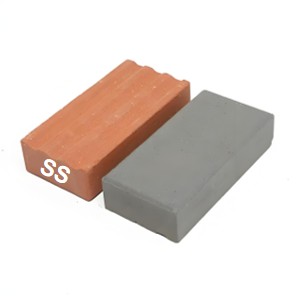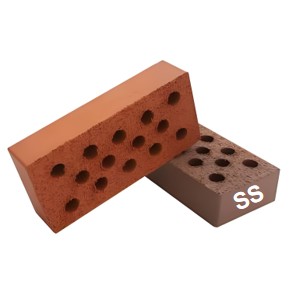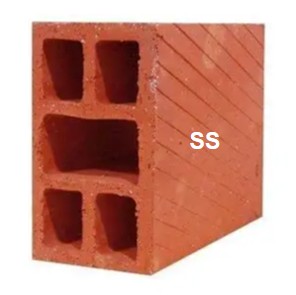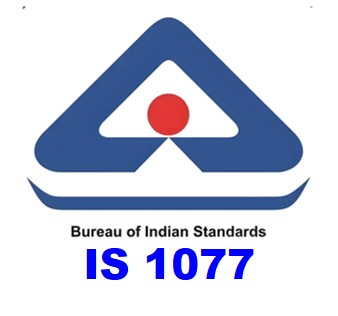Standard Brick Size
Standard Solid Brick Size

Standard Cork Brick Size

Standard Air Brick Size

ISO Standard Brick Size

ASTM Standard Brick Size

BS Standard Brick Size

IS Standard Brick Size

About Standard Brick Size
The Core Concept: Coordinated vs. Work Size. Work Size (or Actual Size): The exact dimensions of the brick itself as it comes out of the kiln. Coordinated Size: The work size plus the intended thickness of the mortar joint (typically 10mm). Buildings are designed using coordinated dimensions so that everything fits to a neat grid, minimizing the need to cut bricks.
Here’s a detailed breakdown of brick sizes.
1. International Standard Brick Sizes.
Basis: A 100mm (10cm) module for building dimensions.
Standard Coordinated Size: 200 mm (length) x 100 mm (width) x 100 mm (height)
Standard Work Size: 190 mm x 90 mm x 90 mm
The 10mm difference allows for a 10mm mortar joint. This means a course (row) of bricks will be exactly 100mm high, making planning incredibly efficient.
2. National Standards (A Selection of Key Examples).
Its work size is 7 ⁵⁄₈ x 3 ⁵⁄₈ x 2 ¹⁄₄ inches. When combined with a standard ³⁄₈-inch mortar joint, the dimensions become a neat 8 x 4 x 2⅔ inches. This allows the brick to fit perfectly with other building materials like concrete blocks, which are also based on an 8-inch module.
B: United Kingdom (BS EN 771-1). The UK standard is a great example of metricating a traditional imperial size.
The old imperial brick had a work size of 8½ x 4 x 2½ inches. This was directly converted to its metric equivalent: 215 x 102.5 x 65 mm. Adding a 10mm mortar joint gives the coordinated size of 225 x 112.5 x 75 mm.
Key Takeaway: Always confirm the local standard brick size with your supplier before starting a project. The "standard" brick in one country can be completely different from another.